Paramyxovirus Basics
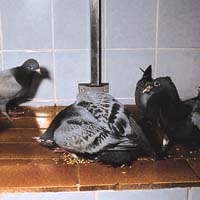 Pigeon flyers around the world have all heard of paramyxovirus or PMV. This is a viral disease that is not to be confused with the bacterial disease paratyphiod caused by Salmonella typhimurium. PMV is caused by one of the serotypes of PMV1 viruses which happens to be closely related to another PMV1 virus that causes Newcasle Disease. We will mention this again when it comes to vaccination. PMV first started in the late 1970’s in the middle east and has since been found everywhere that pigeons are raised.
Pigeon flyers around the world have all heard of paramyxovirus or PMV. This is a viral disease that is not to be confused with the bacterial disease paratyphiod caused by Salmonella typhimurium. PMV is caused by one of the serotypes of PMV1 viruses which happens to be closely related to another PMV1 virus that causes Newcasle Disease. We will mention this again when it comes to vaccination. PMV first started in the late 1970’s in the middle east and has since been found everywhere that pigeons are raised.
The virus is not very tough and dies quickly in the environment. Once a bird is infected it will shed the virus in the droppings and other secretions for three weeks. Between exposure and clinical signs, however, can vary immensely, from a few days to several weeks. This can be a big problem in futurity lofts when YB’s are shipped that are shipped that are infected and shedding the virus, yet are not showing clinical signs. They can have an entire loft exposed before you ever know you have a problem.
Clinical signs are primarily related to two organ systems. The kidney and the nervous system. This virus ALWAYS causes an inflammation of the kidney called interstitial nephritis. When this occurs the white portion of the droppings changes to water and you often find puddles of water on the perches. Within that puddle will be NORMAL fecal material in the form of green or brown “worms”. This is NOT a true diarrhea since the fecal material from the intestine is normal. Since the kidney changes are uniform in the flock of infected pigeons, the kidney is the organ of choice to send to the lab for diagnosis. The changes in the kidney seen under the microscope, when coupled with clinical signs, provide you with a pretty sure diagnosis. These watery droppings can persist for 2 to 3 months after infection in a flock of pigeons. The second organ system involved is the nervous system. The two main signs we see are nerve paralysis shown as a lameness or dropped wing, or torticollis ( twisted necks). When this disease 1st hit the scene the neurological signs were very prevalent. Recently, however, these symptoms only seem to show up in 10 to 20% of the birds at the most. Most pigeons with the neurological signs will recover if they can eat and drink. Therefore, if you have neglected vaccination and you get this bug in your loft you don’t have to destroy good pigeons. Just make sure they eat and drink and you will have the vast majority come back to normal, even to race again.
Vaccination for this disease is critical since there are only two types of unvaccinated pigeons, those that have the disease and those that are going to get it sometime. You may have been lucky so far but you will not be forever. By far and away the only PROVEN method of vaccination is to use the injectable pigeon PMV vaccine. There is on made in the States by Maine Biological Labs and several in Europe. Unfortunately, a lot has been said about the use of the chicken “LaSota” vaccine available in the U.S. and Canada. This is NOT a pigeon virus, and is made to inoculate chickens against Newcastle disease which we mentioned earlier. It has been variously promoted to be dripped in the eyes, the nose, or placed in the drinking water. This vaccine will in no way harm your birds, but EVERY study has shown it to be ineffective. I personally have had several lofts in the states send in PMV infected birds that were inoculated with the “LaSota” vaccine and yet still had the disease. The injectable vaccine has also been incriminated by some excellent flyers as harming performance. My experience with the injectable vaccine in my loft and many other ALL-AMERICAN lofts is that it does NOT HURT PERFORMANCE. In short, if you use the “LaSota” type vaccine and your birds get sick, it is your fault, you have been warned. In fairness to the “LaSota” vaccine, many flyers use it as an immune stimulant in the water before a big race with excellent results. I personally have not had experience in that area, I have never used it to know.
Treatment for PMV is only symptomatic. NO drugs that you can give the pigeon will kill the virus ( without killing the bird). Simply do the following:
Make sure infected birds eat and drink Make sure that other diseases are not present, cocci, worms, canker, ect. If 2nd infections like E. coli show up, treat with the appropriate antibiotic base on cultures at the vet.
So, in short, what does the pigeon flyer need to know about PMV.
It is out there and vaccination with the injectable vaccine is critical. Symptoms primarily are watery droppings and neurological signs. Infected birds usually survive with supportive care.
Remember, PMV is a terrible and devastating disease for the pigeon fancier to deal with. But, there is NO reason to ever have to deal with it because of an effective vaccine.
Paramyxovirus Virus Basics By Dr. Steve Weir DMV
Sign up for the Pigeon Insider Newsletter, click here to learn more.

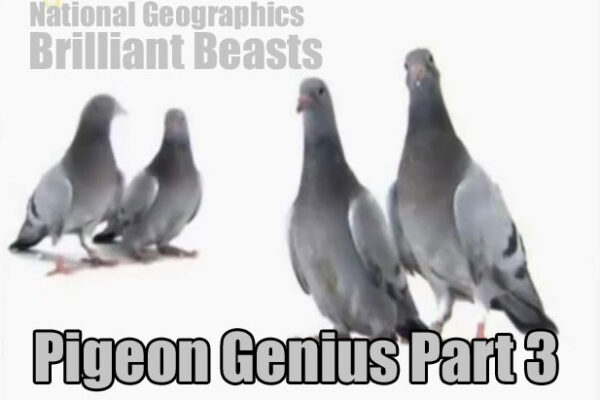
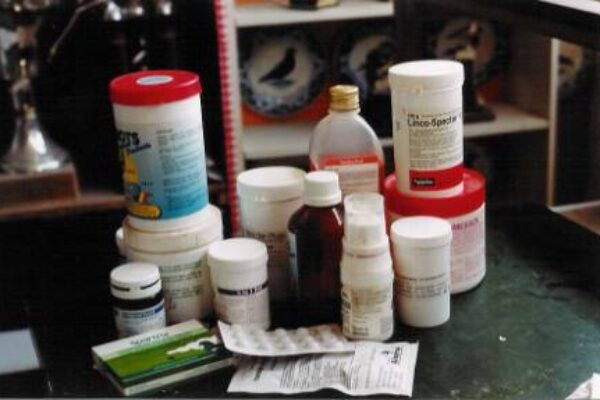

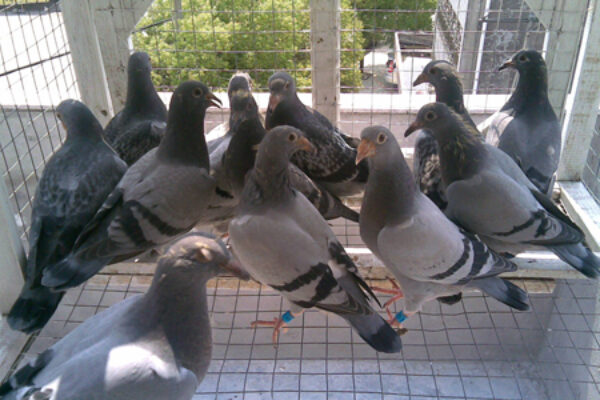
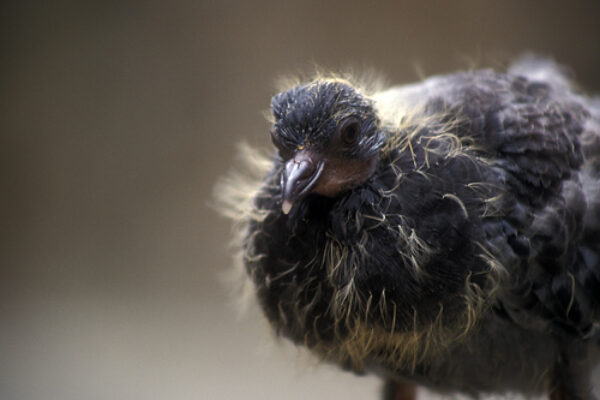
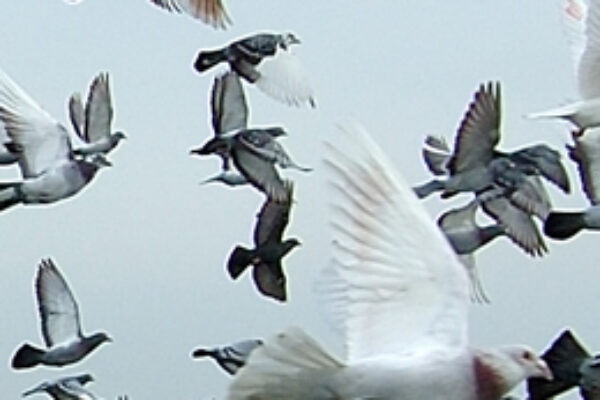


mediciane for pmv either in form
my pigeon suffering by parmyxovirus.i had take country medicine,then i had try with enroflaxcine.and vacinated with pottasium chloride due to non avilablity of pottasium arsenite in india.but the bird not recoverd.hand feeding. any person who know the medciane or vaccination pls cooment.
You can read these here: http://www.saddlehomersusa.com/
“Treatment for Paramyxo virus (PMV) symptoms
Surprisingly the symptoms of Paramyxo virus infection can be cleared up by treatment with Baytril. The concentration is 2.5% and 0.2 ml is given once daily by mouth for ten days. Nothing much happens for 7 days, after which recovery is dramatic.
I have treated four birds, in three cases with complete success. One had been totally incapacitated, lying sprawled on a hot water bottle for 6 weeks before I came across this treament. In the fourth case, after treatment the bird tossed her head back occasionally when feeding but otherwise was fully able to cope with life outside. Wet stools may persist for some time but appear to return to normal eventually (weeks to months). With two of my birds there was a long period of diarrhoea before that side of things returned to normal.
Recovery was not spontaneous – it was entirely due to the administration of Baytril. My first three birds languished for 6 weeks before treatment and, apart from learning workarounds to the problems of feeding, showed little or no sign of recovery.
Why it works is of course a bit of a mystery! Medics will know that antibiotics have no effect on viruses. A vet gave me Baytril because he thought that the disorientation might be due to an inner ear infection. Another vet later came up with the plausible suggestion that virus infections reduce the effectiveness of the immune system and so may open the way for opportunistic bacterial infection. With paramyxo this bacterial activity would affect the central nervous system. After treatment birds appear to acquire immunity and pass this on to their young – two of my cases paired up and none of the dozen or so offspring developed symptoms.
Paramyxo symptom checklist:
Disorientation – bird is unable to judge position of objects properly.
Loss of control over head and neck movements.
Stools consisting of a pool of clear liquid surrounding small amount of distinct solid matter.
Erratic flight with sudden changes in direction for no reason. Near objects (eg roofs) there is characteristic fluttering and hesitation as if bird is unconfident.
Misjudged landings.
In bad cases or under stress bird may crash almost immediately after takeoff; indoors a bird will crash into walls or back onto the floor.
Head shake – head movements appear exaggerated and stiff and are followed by a brief period of Parkinson-like tremor. The bird seems to have difficulty focusing on things.
Neck torsion – usually seen in worse cases. When the bird attempts to preen or feed it loses control of the movement and the neck twists over the back or under the chest. The head may even be held upside down.
Feeding problems – the bird cannot judge the position of food and/or loses control of its head and neck movements, the beak slipping sideways across the ground and missing the food altogether. Sometimes after a bird has successfully taken a food item the head is tossed back as if there is difficulty swallowing.”
Raymond Julien,
thanks for the information Mr. Julien, i’ve encountered that virus before but due to lack of information, i was forced to kill those birds with such virus. All i know is that… it was an air born disease w/c can easily be transferred to other birds.
You cannot cure a virus with Baytril as being an antibiotic it treats bacterial infections, the Baytril will of course help to cure the bird of secondary bacterial infections and give the bird a chance to live and eventually ride out the virus. PMV attacks the birds liver and nervous system and even after full recovery the bird can be ruined but not in every case.
I think I am right in saying that a bird that survives PMV is immune for life and it would be interesting to find out if a colony of birds bred from recovered birds had any extra natural immunity.
Thank for your information,
I never met this virus before, however i read the article at http://www.saddlehomersusa.com/ wrote by Raymon Julien. I think it’s useful.
I dont remember getting this virus and never heard anyone talking about it here in australia, I do know that nobody here in this town vaxinates for it.
I look forward to ur email each week and feel very privliged to recieve them thanks and i hope u get out of it what u put in.
Jeff
thanks again sir chris .. this post is verry informative..
i loke this post! god bless you and good luck to your pigeon rae.
Thanks for the article on PMV.I have never had this infection in my loft and have never heard from anyone that has had it.I read about this infection in many overseas magazines,but have never heard of anyone here in NZ treating their birds for it.
thanks learning more day after day thanka to all
good day! thanks for sharing to me and i know how to medicate the pigeon if sometimes having a PMV so i’m glad to get the best idea.. thanks sir chris.. pls send at my email add. what is the other related pigeon againts PMV and other disease pigeon,, pls give me the right treatment od any disease pigeon.. thanks. god bless and more power.
if you touch the sick bird can it harm you someone knows [email protected]
i once got paro and i would recomend to get your young birds vaccinaed because it clears you out and for £20 per year its not worth the hassle i innoculate at 28 days old youngbirds never had a problem in last ten years [email protected] /blue diamond lofts